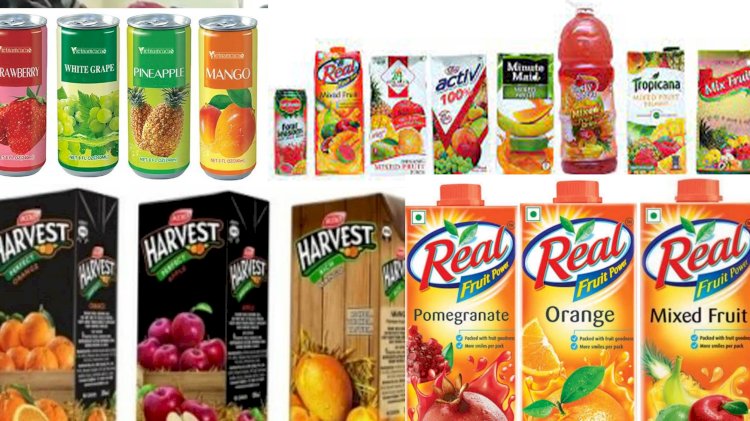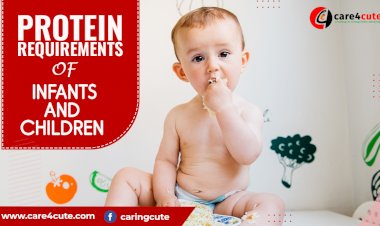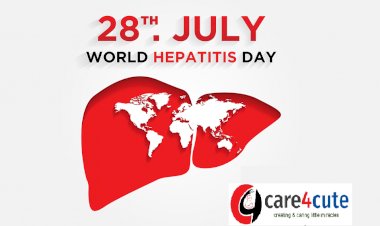Squeezing Out the Facts: The Hidden Side of Kids' Packaged Juices
Discover the hidden realities behind children's packaged fruit juices in our comprehensive analysis. Learn about the nutritional content, health implications, and better alternatives for your child's diet.

The allure of packaged fruit juices for kids lies in their vibrant appeal and convenience, yet a closer examination suggests that this convenience may come with hidden costs. Parents are often enticed by the bold claims of "100% fruit juice" and playful imagery on these cartons, positioning them as a nutritious alternative to other sweetened beverages. Despite the presence of certain vitamins and minerals derived from fruits, the reality is that the processing involved in packaging these juices often compromises their nutritional integrity.
The sugar levels in many store-bought juices can soar, frequently surpassing the daily recommended amounts for children. This sugar isn't just from the fruits themselves but is often bolstered by added sweeteners, leading to potential health risks like obesity, type 2 diabetes, and tooth decay. Another concern is the lack of fiber. Whole fruits come packed with fiber that aids digestion and helps to moderate blood sugar spikes, but this beneficial fiber is stripped away in packaged juices.
During processing, valuable enzymes and antioxidants found naturally in fruits are often lost. These elements are crucial for maintaining health and preventing disease, but pasteurization and heat treatments can diminish their potency. Furthermore, to increase shelf life and enhance flavor, many juices include a cocktail of preservatives and artificial additives. While these are typically deemed safe in regulated amounts, their long-term impact on children's health remains a subject of debate, particularly regarding developmental and behavioral effects.
The concerns around the regular intake of packaged juices also include a heightened risk of obesity, digestive problems, dental issues, and behavioral challenges. Despite these risks, it's not necessary to eliminate packaged juices entirely from a child's diet. Enjoyed in moderation and as part of a balanced diet, they can still be a part of a child’s nutritional regime. Nevertheless, fresh fruits should take precedence, providing a wealth of nutrients without the added sugars or preservatives.
Freshly squeezed juices trump packaged ones, retaining more of the fruit's original nutritional benefits and without the synthetic additives. However, their perishable nature means they lack the convenience of their packaged counterparts, requiring immediate consumption.
In India, the Food Safety and Standards Authority (FSSAI) oversees the production and sale of packaged juices, mandating clear labeling of ingredients, nutritional content, and the inclusion of permitted additives. Certain juices may also be fortified with vitamins and minerals to enhance their nutritional profile.
Parents seeking to navigate the juice aisle can consider the following tips: opt for whole fruits first, choose fresh juices when available, and when selecting packaged juices, pick those with lower sugar content and minimal additives. Diluting juices with water can further reduce sugar intake, and prioritizing water as the primary drink is a healthy habit to instill.
In summary, while packaged fruit juices offer an appealing shortcut to fruit consumption, they may not be the most beneficial choice for children's health. By understanding their potential downsides and opting for whole or freshly squeezed juices when possible, parents can better support their children's dietary needs, ensuring they receive the best possible nutrition for their growth and development.



































Comments (0)